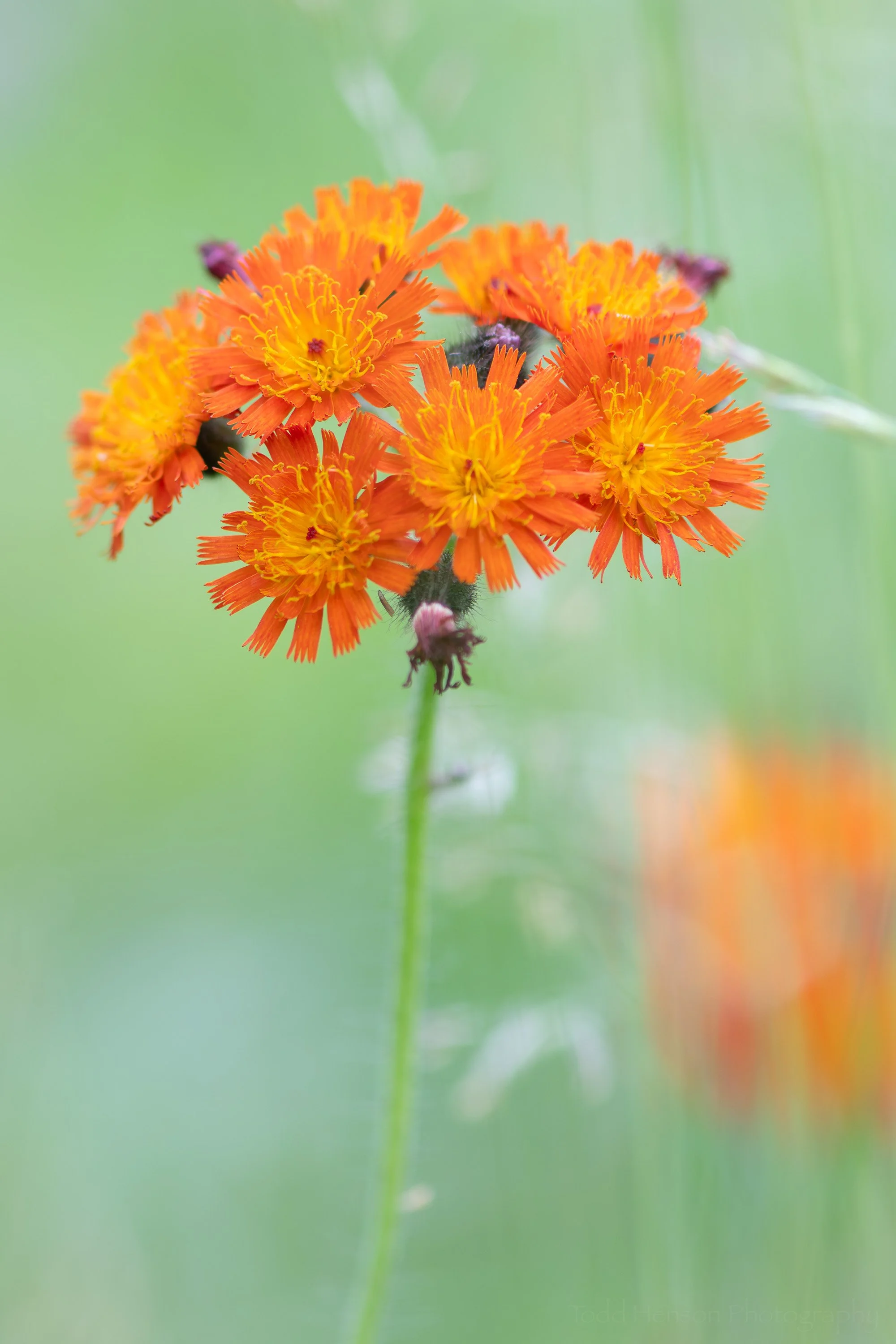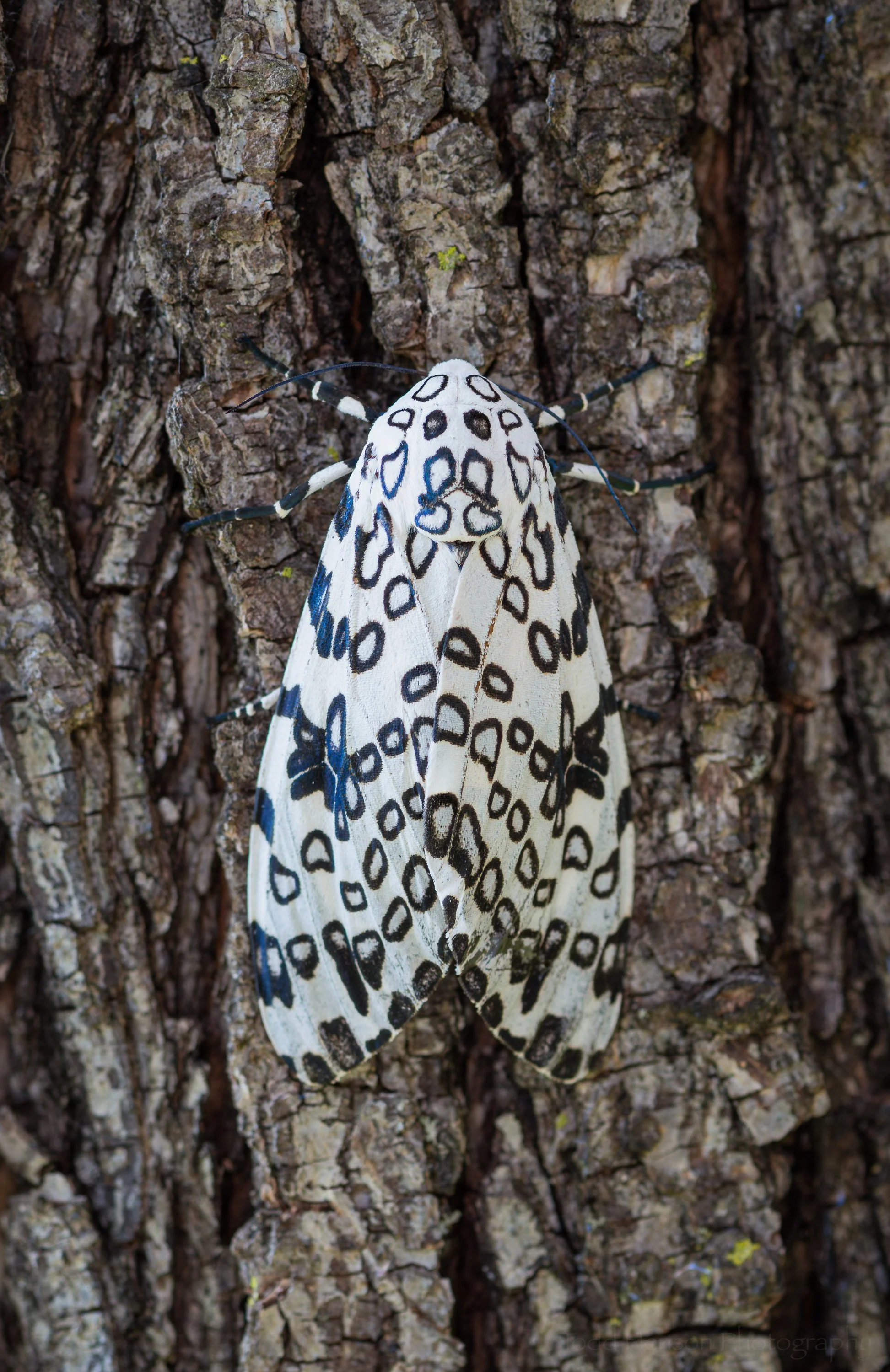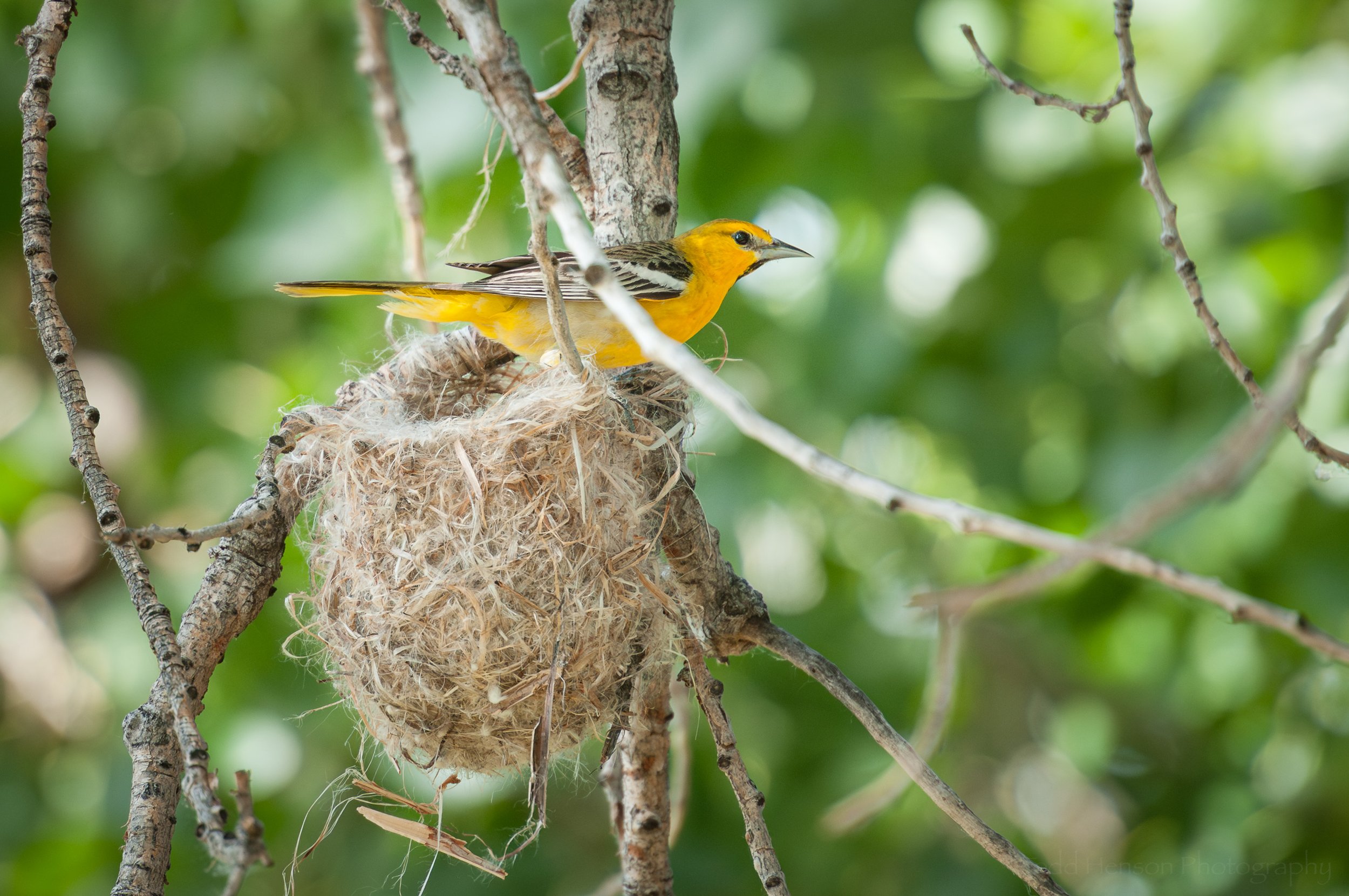Male Prothonotary Warbler looking over shoulder
One of the warbler species that shows up locally during the spring migration period is the Prothonotary Warbler. These warblers prefer wooded swamps and have been given the nickname “Golden Swamp Warbler.” This particular specimen was found in exactly that type of environment, along a trail through a wooded swamp in a local wildlife refuge. The trail leads from the swamp to a point where two rivers comes together. Prothonotaries are so common in this location it has become known as Prothonotary Point.
The day I captured these images I was hiking with some photography friends looking for migrating warblers. In previous posts I showed images of Palm Warblers and Yellow-rumped Warblers of the Mrytle variety, all photographed during the same hike in different parts of the refuge.
The male Prothonotary Warbler in these images was very cooperative, perching in a tree just above the trail. It stayed for longer than I would have expected, periodically breaking out in song. I captured many images, but most of them were almost identical as it stayed perched in the same location. I was hesitant to move around too much because I didn’t want to scare it away.
Singing male Prothonotary Warbler, with light illuminating its pupil.
My favorite of the photos is the one showing the bird in song. I like it not just for the open beak, but also because the angle of the sun lights up the Prothonotary’s eyes, letting you see his pupils if you look closely enough. I found the circularly curved small branches very interesting, as well, how they circled around the bird, framing it.
See my Field Notes page on Prothonotary Warblers for more photographs of this beautiful warbler.
Resources
The links below are affiliate links and I will be compensated if you make a purchase after clicking on my links. This is at no extra cost to you.
If you’d like to learn more about Prothonotary Warblers, or any other warbler species, check out A Field Guide to Warblers of North America, one of the Peterson Field Guides. It’s over 650 pages, all devoted to warblers.
Or, if you’d like a more general field guide to birds look at the Peterson Field Guide to Birds of North America. This is my favorite birding field guide. Another great one is the Kaufman Field Guide to Birds of North America. See my Resources page for more info on the field guides I use.
Do you enjoy these posts?
Sign up to receive periodic emails with updates and thoughts. Don’t worry, I won’t spam you. And please consider purchasing artwork or products from my online store, and using my affiliate links in the sidebar to the right when shopping online.
I appreciate your support!



























